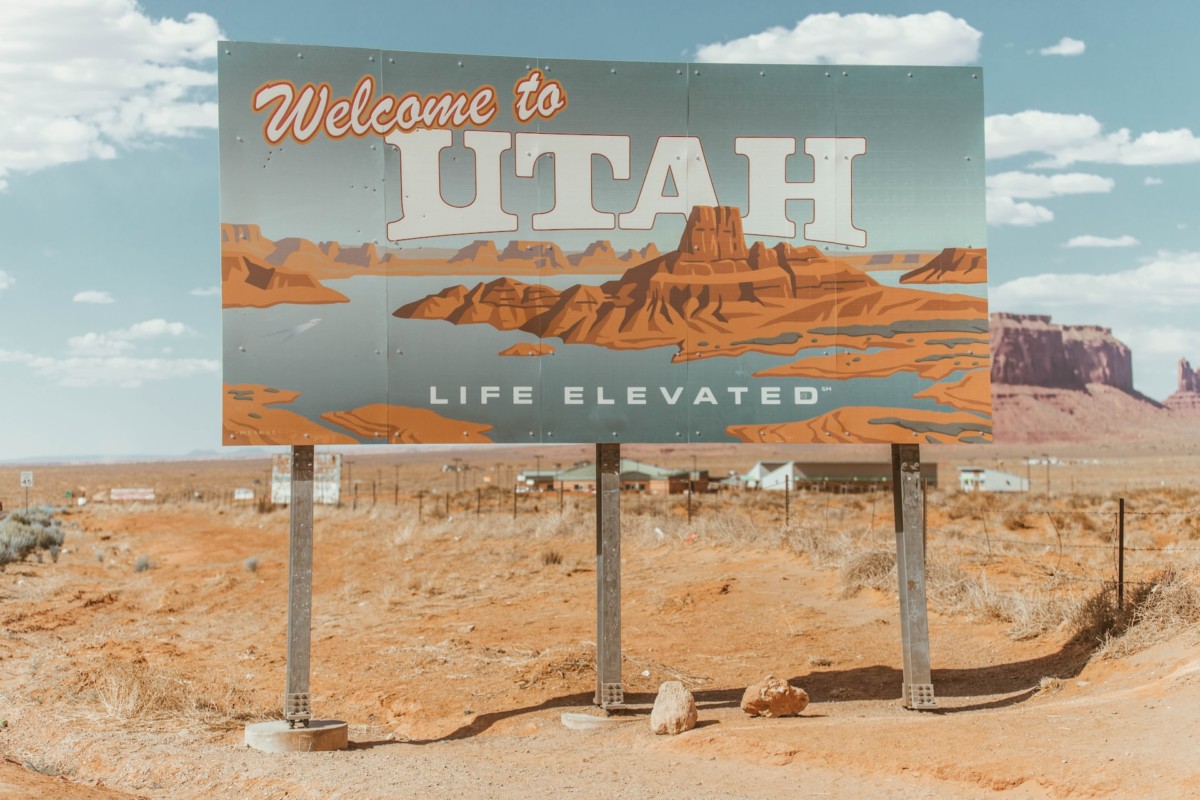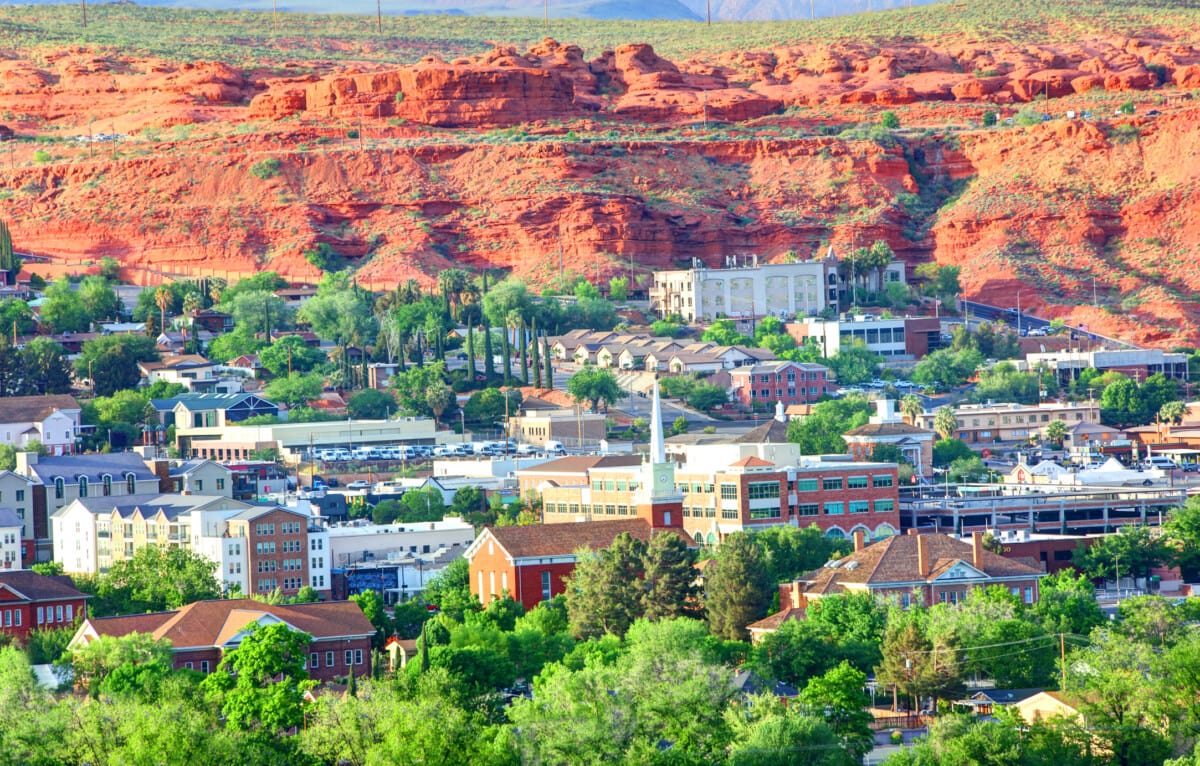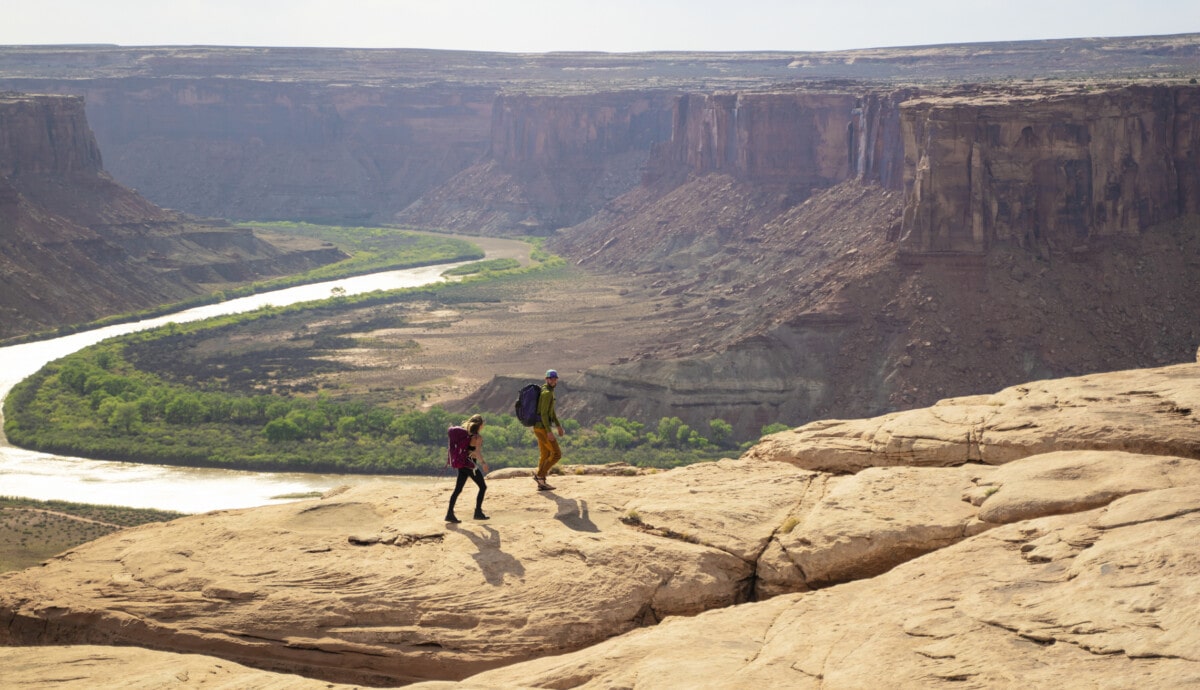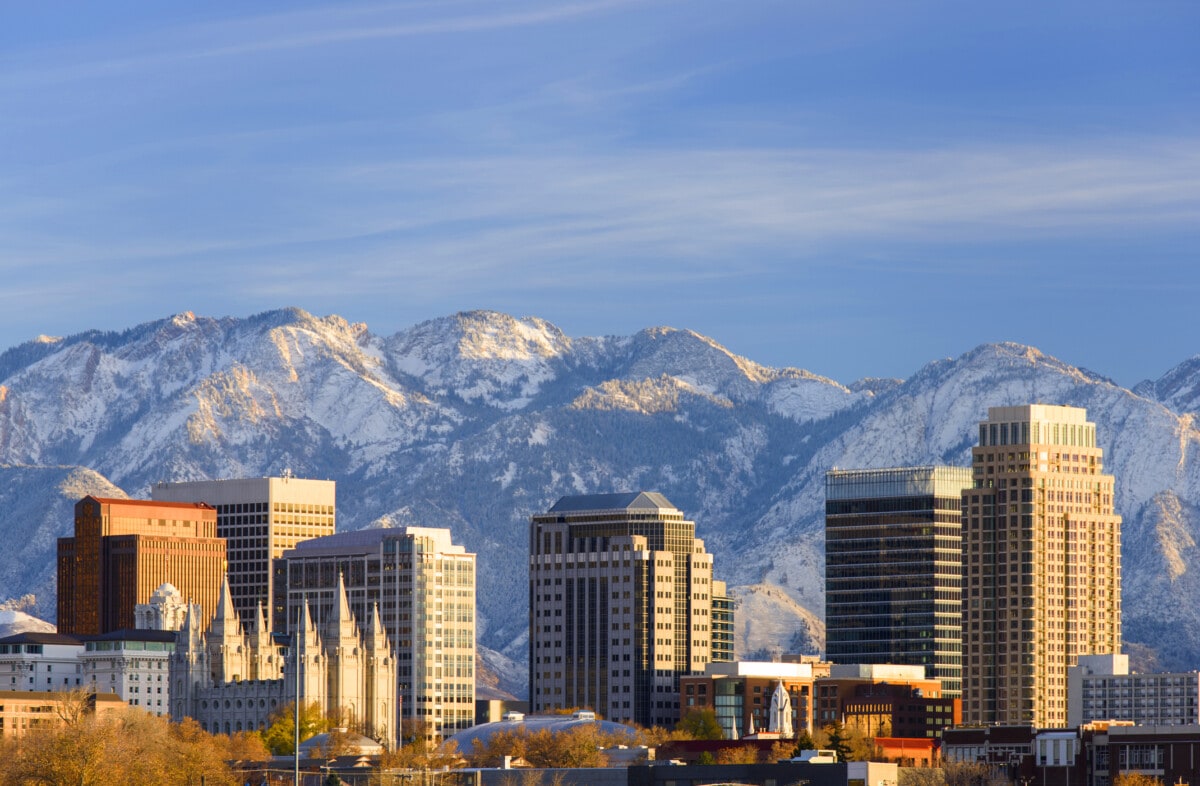Utah, also known as The Beehive State, is a great place to live for those who enjoy outdoor activities and spending time in nature. From bouldering in Zion National Park and skiing in the mountains to wandering the Bonneville Salt Flats and small-town charm, you’ll never be tired of what Utah has to offer. So whether you’re considering buying a home in Provo or renting an apartment in Salt Lake City, Redfin has 10 pros and cons of living in Utah to help you decide if this state is a good place to live.
Interested in moving to Utah? Check out:
Homes for sale in Utah | Apartments for rent in Utah | Houses for rent in Utah

Quick Facts about Utah
Is Utah a good place to live?
Yes — for many, Utah is a good place to live but it ultimately depends on what your priorities are. Utah combines fast-paced growth with a deep connection to the outdoors. Cities like Salt Lake and Provo are hubs for tech and innovation, while smaller towns still hold onto a slower, more traditional pace of life. The landscape is a major perk — with red rock deserts, alpine forests, and ski resorts all within a few hours’ drive, it’s a dream for anyone who wants adventure built into their daily routine. But there are tradeoffs. Housing prices have climbed in recent years, and the state’s culture tends to be more traditional and close-knit, which may feel different for those moving from more urban or diverse regions.
1. Pro: The scenery is stunning
Utah is home to many widely known national parks and landscapes, including Zion National Park, Bryce Canyon National Park, and Arches National Park. You can also find the Bonneville Salt Flats, a unique and otherworldly landscape famous for photoshoots for any occasion. Whether you love hiking, camping, or enjoying the views, Utah’s scenery is incomparable.

2. Con: Increasing home prices throughout Utah
Utah’s housing market has experienced significant growth in recent years, leading to rising home prices across the state. As of April 2025, the median sale price for a home in Utah reached $560,000, significantly higher than the national median of $438,000. In Salt Lake City, the median sale price was even higher at $595,408, marking a 4.7% year-over-year increase. This upward trend is evident in other areas as well; Draper saw a 37.6% increase from the previous year, bringing its median sale price to a whopping $960,000. These escalating prices are making it increasingly challenging for prospective buyers, especially first-time homeowners, to enter the market. In fact, a recent study found that the annual household income needed to afford a typical home in Utah is just under $152,000.
3. Pro: The outdoor opportunities are endless
Utah is a mecca for outdoor enthusiasts. In the winter, you can enjoy skiing and snowboarding at one of the many resorts in the state, like Park City Mountain Resort or Snowbird. During the summer, you can raft down the Green River, mountain bike in Moab, or hike to your heart’s content at national parks. There are also many monuments to explore, such as the Golden Spike National Historic Site and the Dinosaur National Monument.

4. Con: Dry climate and poor air quality
Utah’s arid climate means low humidity and plenty of sunshine, but it also comes with downsides—especially for those not used to desert living. The dry air can take a toll on your skin, respiratory health, and even your furniture. During the winter months, temperature inversions trap cold air and pollution in the valleys, particularly along the Wasatch Front, leading to stretches of poor air quality that can affect people with asthma or other health conditions. Wildfire smoke in the summer can also make air quality worse. It’s something to consider if clean air and comfortable humidity are high on your list.
5. Pro: Close-knit communities are common
Many Utah neighborhoods are known for their strong sense of community, where neighbors often know each other by name and local events bring people together. This close-knit atmosphere creates a supportive environment that can make settling in easier and foster lasting connections. Whether in smaller towns or suburban areas, residents often find a genuine sense of belonging and shared values that enrich daily life.
6. Con: Limited entertainment and nightlife options
While Salt Lake City offers a decent variety of bars, restaurants, and live music venues, options can be noticeably limited once you venture outside the metro area. In many of Utah’s smaller towns and suburban communities, nightlife tends to wind down early, with fewer late-night restaurants or diverse entertainment venues. This can be a downside for those who are used to a more active social scene or who enjoy having a wide range of options for things to do after dark. For some, the quieter pace is part of the appeal—but for others, it might feel like something’s missing.
7. Pro: Utah’s public transportation system is efficient and well-built
Although Utah is a largely suburban and rural state, it has excellent public transportation options for those who live in or near the cities. The Utah Transit Authority (UTA) operates a network of buses, light rail (TRAX), and commuter trains (FrontRunner) that make it relatively easy to get around without a car—something not all western states can claim. The TRAX system, in particular, serves key parts of Salt Lake County and offers convenient access to downtown, the airport, and major universities.
8. Con: Sparse cultural offerings outside of major cities
While Utah boasts a rich history and unique local traditions, some regions (especially outside Salt Lake City and a few other urban centers) offer fewer options for diverse cultural experiences. This can mean a narrower selection of international restaurants, fewer art galleries, and less variety in music, theater, and festivals compared to more metropolitan areas. For newcomers accustomed to a broad spectrum of cultural events and global influences, this limited diversity may feel restricting, making it harder to find communities and activities that reflect a wide range of backgrounds and interests.

9. Pro: Great winter sports opportunities
Utah is a top destination for winter sports enthusiasts, boasting world-class ski resorts like Park City and Snowbird. The state’s consistent snowfall and varied terrain attract skiers and snowboarders from across the country. Beyond skiing, opportunities for snowshoeing, snowmobiling, and ice skating add to the appeal for those who enjoy staying active during the colder months.
10. Con: Summer droughts can be challenging
Utah experiences frequent summer droughts that can strain water supplies and impact outdoor activities. Prolonged dry spells can also affect landscaping and agriculture, requiring residents to be mindful of water conservation throughout the season.



















 English (US) ·
English (US) ·